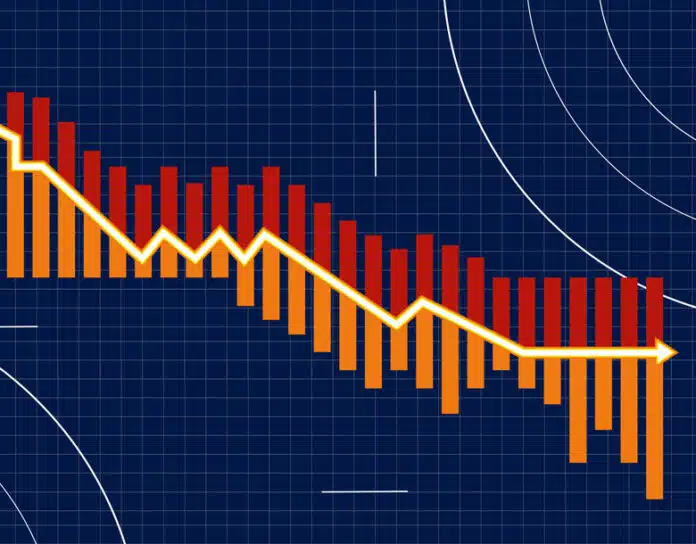As economic uncertainty and increased volatility impacted equity markets in the first quarter of 2025, the average account balance in self-directed brokerage accounts declined 4.7% from the fourth quarter of 2024.
That’s according to Charles Schwab’s SDBA Indicators Report, which reported that the average SBDA account balance in the first quarter, $335,857, was still up 2.3% year-over-year. The report is a benchmark on retirement plan participant investment activity within SBDAs, according to a news release from Schwab.
SDBAs are brokerage accounts in 401(k)s and other workplace retirement plans through which participants can invest retirement savings in stocks, bonds, exchange-traded funds, mutual funds and other securities not included their retirement plan’s core investment offerings.
The report stated that energy, healthcare and utilities led in SDBAs in the first quarter, while technology and consumer discretionary stocks were a drag on overall performance for the quarter.
Allocation Trends
Participant holdings in the first quarter were similar to the fourth quarter of 2024.
- Equities: Equities continued to be the largest portion of assets, 33.4%. Among equities, the largest sector holding was information technology (35.9%). The top two holdings remained Apple (9.7%) and Nvidia (9.3%). Rounding out the top five were Tesla (6.0%), Amazon (4.7%) and Microsoft (3.2%).
- Mutual funds: Mutual funds continued as the second-largest holding at 27.3%. In that class, the largest allocation was in large-cap stock funds (33.2%), followed by money market funds (18.3%) and taxable bond funds (15.2%).
- ETFs: ETFs accounted for 27.0% of assets. The largest portion was in US equity (50.7%), followed by US fixed income (13.9%) and international equity (11.6%).
- Cash and fixed income: Cash and equivalents made up 8.0% of participant assets while in fixed income accounted for 4.3%.
Other Key Takeaways
- Trading volumes increased slightly from Q4 2024 to an average of 15.9 trades per account.
- Advised accounts held higher average account balances ($525,213 ) compared to non-advised accounts ($293,605).
- Gen X continued to lead in the number of advised accounts (52.3%), followed by Millennials (24.4%) and baby boomers (21.5%).
- Gen X were 46.9% of SDBA participants, followed by Millennials (26.4%) and boomers (23.6%).
- Boomers continue to hold the most in their accounts ($560,250), followed by Gen X ($343,831) and Millennials ($124,381).
- At the end of the first quarter of 2025, participants on average held 11.8 positions in their SDBAs, unchanged from the previous quarter.
About the Report
The SDBA Indicators Report is based on data from approximately 308,000 retirement plan participants who have balances between $5,000 and $10 million in their Schwab Personal Choice Retirement Account. Data in the quarterly report can be found here, along with prior reports.




